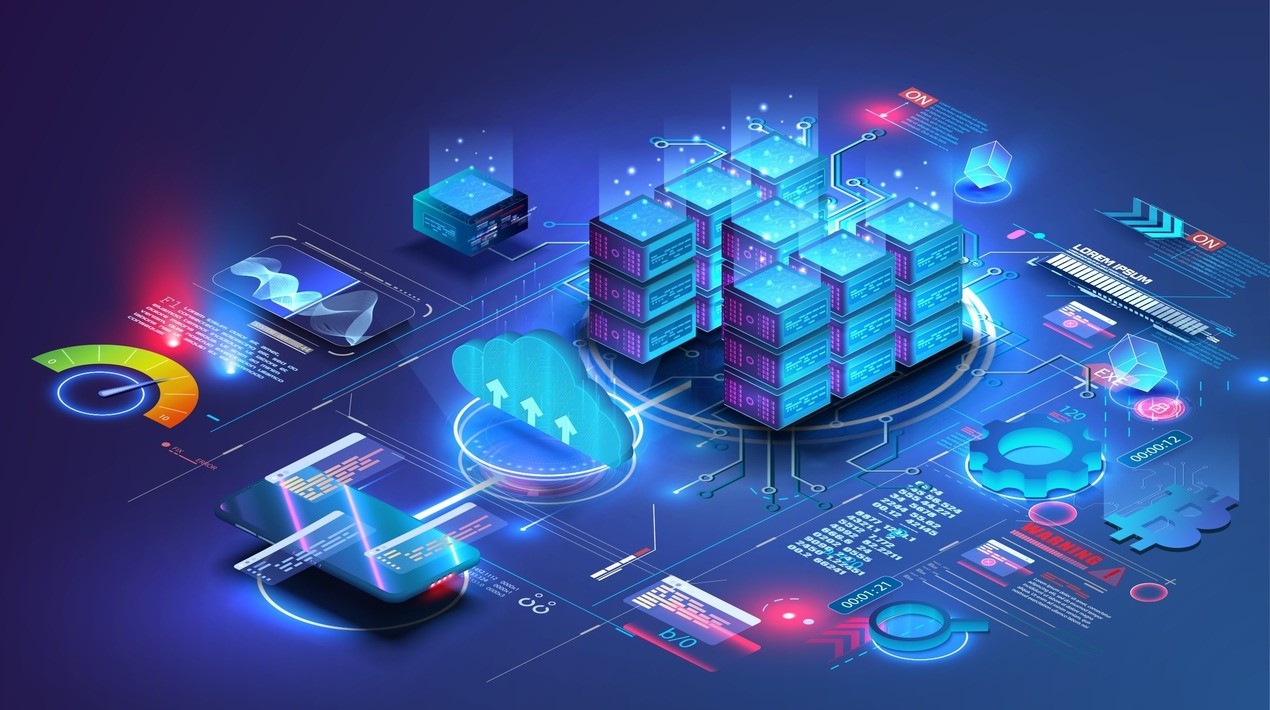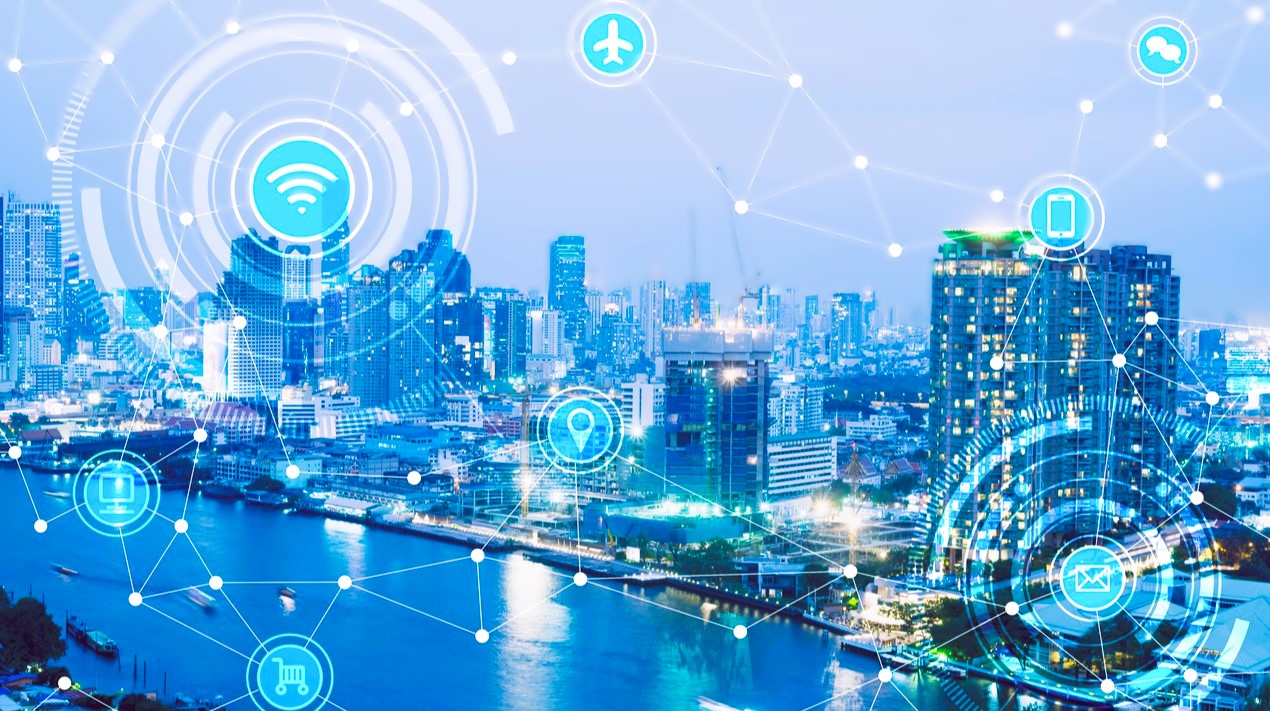
The United Nations (UN) recently announced that it has signed an agreement which gives professionals
working in 193 member states across the UN system access to visual analytics software.
The agreement establishes Tableau as
a global visual analytics standard across the UN system and simplifies the
acquisition of the technology for all UN-affiliated entities.
The establishment of Tableau as a
global visual analytics standard followed a comprehensive and exhaustive examination
of Tableau’s technical capabilities and corporate standing.
The agreement builds on the work of
multiple UN agencies already using Tableau to find insights and take on some of
the world’s most pressing challenges. The Office of the United Nations High
Commissioner for Refugees (UNHCR), World Health Organization (WHO) and the
International Atomic Energy Agency (IAEA) are some of the many agencies that
have deployed Tableau to help improve the lives and livelihoods of people
regionally.
Late last year, UN Secretary-General
António Guterres highlighted the growing importance placed on data systems for
disaster response. He made the comment at the launch of the Centre for
Humanitarian Data in The Hague in December 2017. The event showcased the role of data-informed
decision-making applied to addressing social development issues and crisis
response, including several innovations.
“Accurate data is the lifeblood of
good policy and decision-making,” Secretary-General Mr Guterres said.
“Obtaining it, and sharing it across
hundreds of organizations, in the middle of a humanitarian emergency, is
complicated and time consuming, but it is absolutely crucial.”
According to UN Assistant
Secretary-General and Chief Information Technology Officer Ms Atefeh Riazi, “effective
use of data can help us (UN) expand our knowledge of fundamental issues, such
as social and political instability, natural disasters and climate change, to
improve decision-making and enhance our ability to predict, and even pre-empt,
the next crisis.”
Ms Riazi also highlighted that strategic
partnerships allow the UN to embrace data by making world class visual
analytics available to United Nations offices globally.
“The United Nations is the guardian
of an unparalleled database of the world’s socioeconomic and political history.
Opening this data to the public and collaborating with partners will help us
make better decisions that support the work of the United Nations,” she said.
Since 2015,UN agencies have been
fostering data innovation to support people in the world’s most vulnerable
communities.
Such applications include:
(1)
Humanitarian Data Exchange
The Humanitarian
Data Exchange by UN Office for the Coordination of Humanitarian Affairs which aims
improve access to data and visual analytics in disaster preparedness and
response.
(2)
The World Food Programme
Working through the UN Sustainable
Development Goals (SDGs) framework, the World Food Programme (WFP) makes use of
mobile data in real time to prevent famine. It delivers real-time food security monitoring
insights to
decision makers in the field to make reliable, data-informed decisions to alleviate
hunger and suffering in more than 80 countries.
The delivery of real-time
food security data through mobile technology through mobile Vulnerability Analysis and
Mapping (mVAM)
which was launched in 2013. WFP and its partners can remotely collect food security
and price data. Not only does this approach provide a way to hear from people
in inaccessible areas, but it also makes near real-time reporting to local
decision-makers possible.
(3)
The UN Development Programme
The UN
Development Programme
(UNDP) Health Implementation and Support Team have been using Tableau to better
present the results of the partnership with the Global Fund. The team said the
software has been particularly useful to give users of UNDP’s web content a
more engaging way of viewing programme activity and results.
Portfolio results browser
is a visualisation that allows
users to view cumulative results from all of the Global Fund grants past and
present, browse data for active grants on a map and view in a table. Sharing
the results in this way is an improvement on just sharing the results via Excel
and advances the goal of being more transparent as an organisation.
Another use case Africa regional grant illustrates the reach of the Africa
Regional HIV Grant for Removing Legal Barriers to Access and provide a more
dynamic way for users to view programme data specific for each country. This
approach provides much more detail on country level programme activity on the
page in a more engaging way.
“I am
proud of the role the UN is taking in the global data revolution and am excited
to see what we can accomplish when we bring our partners to the table, wherever
they may be in the world,” said Ms Riazi.
















